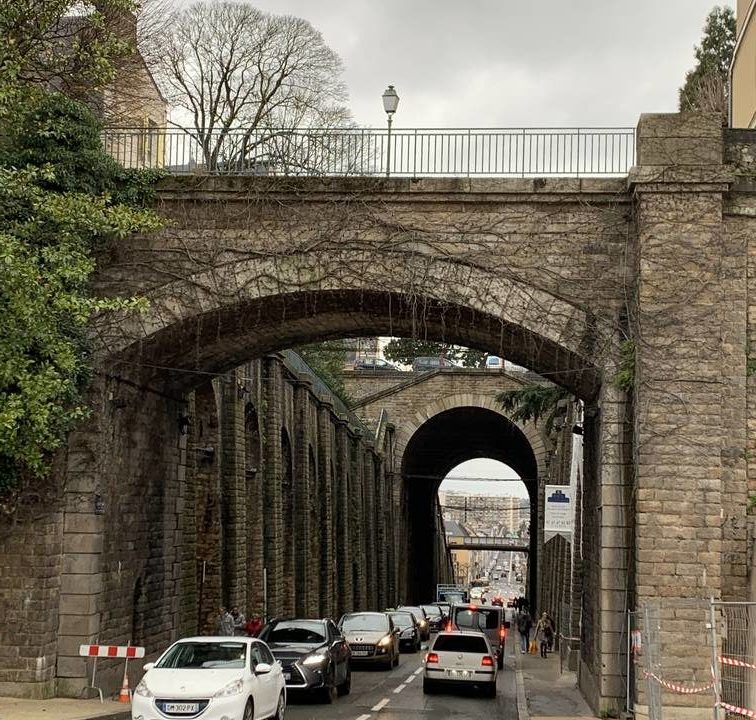Day trip from Lisbon to Sintra, Portugal
A perfect 5 Day itinerary to explore the Major attractions in Malta
June 9, 2019Land of swords – Toledo, Spain
June 10, 2019Day trip from Lisbon to Sintra, Portugal
“We travel not to escape life, but for life not to escape us.”
– Anonymous.




We travelled to Sintra, Portugal in April 2019.
If you are preparing a Lisbon Itinerary, I would suggest including one day for Sintra! This is one of the most popular day trips from Lisbon.
The best way to travel from Lisbon to Sintra will be by Train. However please be prepared to wait in long queues to get the train ticket. The good thing is that you will be able to buy the return ticket also. The trains start from Rossio station and duration of the journey is around 40+ Minutes. The frequency of the trains is 20 minutes. You can also book your tickets only here –> https://www.cp.pt/sites/passageiros/en/train-times/Train-time-results


The trip costs €2.25 each way but you’ll need to buy a transit card (Viva Viagem) for €0.50 if you don’t have one already, making it a return cost of €5 total. Viva Viagem is a card with an embedded chip. It’s a quick and easy way to pay for journeys on public transport in Lisbon. You can retain the Viva Viagem card and can load money to the same which can in turn be used to travel in sub urban trains, metro, ferry and so on.
Tip: Try to get into the front coaches, so you can be one of the first ones out once you arrive in Sintra station.

After reaching Sintra, we initially planned to take the Hop on hop off bus. But due to long waiting queues, we decided to a Package tour (Taxi) from Sintra railway station and deal was to take us through all the main attractions in Sintra.
You can also look for public transport (Bus 434, 435)
The 434(you can also take Hop-off Hop-on ticket on board; cash only) bus runs in a one-way loop and stops at:
Sintra train station
The historic centre of Sintra (Sintra Vila)
Castelo dos Mouros
Palácio Nacional da Pena
The historic centre of Sintra (Sintra Vila)
Sintra train station
Huge number of tourists visit Sintra throughout the year, due to which a lot of time gets wasted waiting in queues for tickets in front of different attractions.
Park and Palace of Pena:
Palace of Pena was built by King Ferdinand II. King Ferdinand wanted to keep himself occupied while his wife Queen Maria ruled Portugal. He was a socialite of his time who became a great personality of the arts and inaugurated museums around Portugal. Palace of Pena is one of his great works, and it was classified as a World Heritage Site by UNESCO in 1995. The current structure began construction in 1839. Pena palace can be seen on the hill top with its yellow and red towers.
You will have tough time, getting a parking somewhere near to Pena.



Castelo dos Mouros/ Moorish castle:
Castelo dos Mouros, which translates to Castle of the Moors, was built in around the 10th century and is a testament to the Islamic presence in the region.
The castle was built at the top of a peak by the Moors in the 10th century. Although it was presumably used for residential and official purposes, it was also part of the fortification effort of Sintra.
This is another place where parking will be a challenge.


Quinta da Regaleira:
The Quinta da Regaleira is a decorative 20th century residence that is situated in the town of Sintra.
As you walk around, you’ll find towers, fountains, sculptures, bridges, and terraces. Even if you use the map provided, you’ll probably get a bit lost and just discover new things as you wander.
The main highlight is the well (or inverted tower). You can climb down the 27-metre-deep spiral staircase and then follow the underground tunnels to pop up at a second well or further down the garden.

National Palace of Sintra:
Although there were structures on this spot from the Moorish period, the palace that you see today is mostly from the start of the 15th century when the Portuguese kings began to spend more time at Sintra as a holiday destination. From the outside, the most remarkable feature of the National Palace of Sintra is the two enormous chimneys that give it an unusual shape.

Tivoli palacio de Seteais:
The Seteais Palace (Portuguese: Palácio de Seteais) is a neoclassical palace located in Sintra, on the Portuguese Riviera, operating as a luxury hotel known as the Tivoli Palácio de Seteais Hotel. The palace is a national landmark and is included in the UNESCO Cultural Landscape of Sintra World Heritage Site listing.


Summer times is the busiest time to visit Sintra so if you’re not so keen on crowds, you will have to avoid visiting during Summer, especially during weekends.
Please be informed that, it gets very hot in Sintra (especially in summer).
Cabo da Roca:
This is the westernmost point of Europe continent. Dramatic landscape with high cliffs going steep into the Atlantic Ocean, this is the place that you should never miss in case if you plan to visit Sintra.






Note:
Wherever water is coming out of the Natural sources, they have constructed a structure to gain traveller’s attention. You can very well collect or drink water from such pipes.


For the day trip in Sintra, I had taken the service from ‘Adventroopers’. Special mention to Nuno (+351 926 359 120) who was our guide cum pilot for the entire trip. Would recommend their service to all the fellow travellers.


Don’t Miss a Beat!
Subscribe to my mailing list to get latest news on your inbox!

